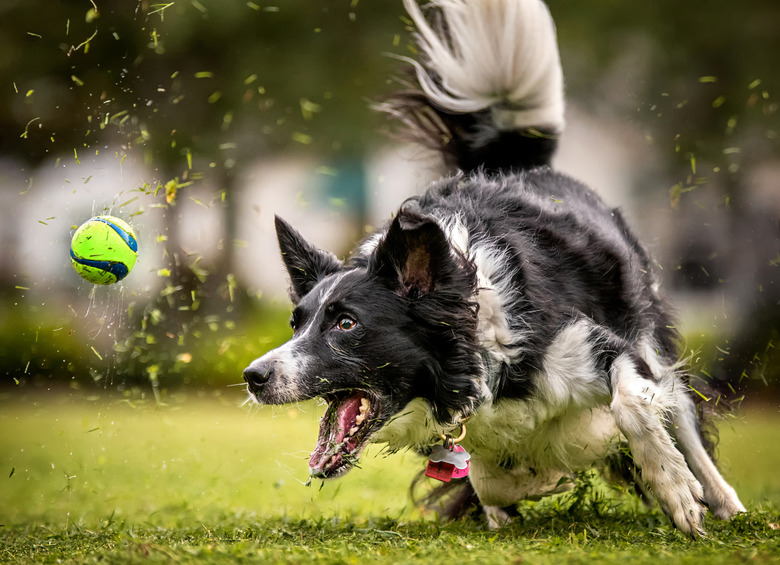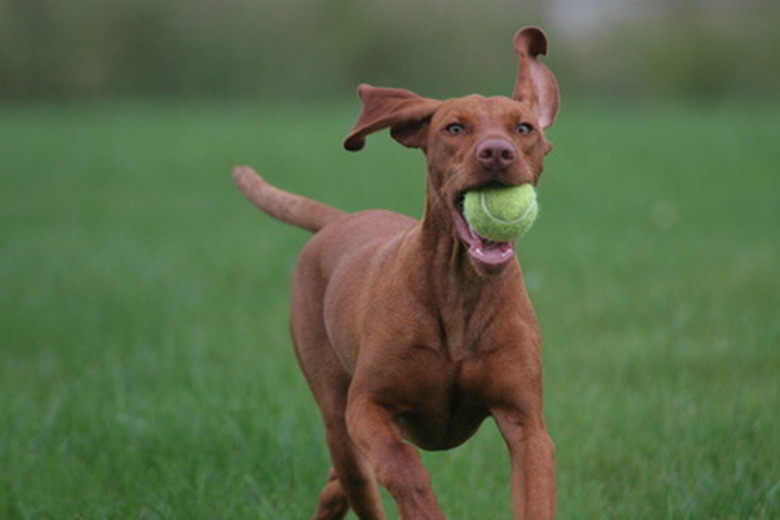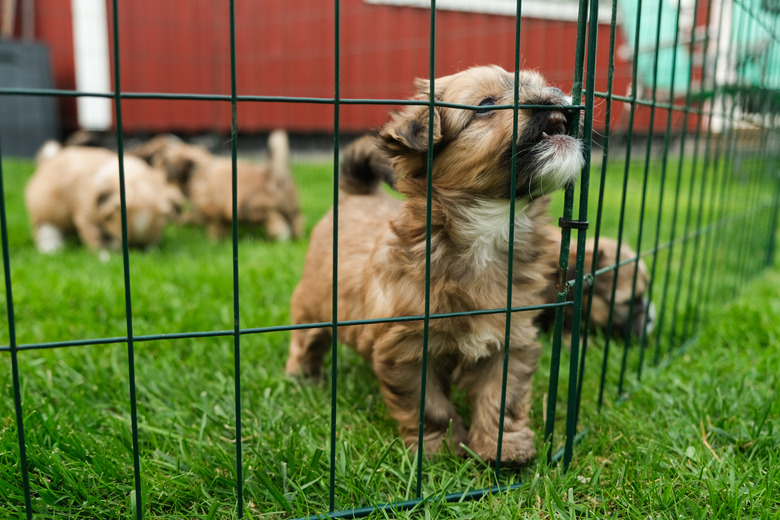How Big Should A Dog Run Be?
If you don't have a large backyard, you can still help your dog get plenty of outdoor playtime and exercise with a dog run. The size of a dog run depends on the size of your dog and your intentions for the enclosure. In addition, you'll need to meet the minimum legal size for pet enclosures mandated by local ordinances. You should also follow any homeowners' association rules.
You can buy dog run kits or build your own. Reviewing some of the basic recommendations for a small or big dog run configuration will help you create the best one for your pet.
Start with local ordinances
Start with local ordinances
The first step in deciding how long your dog run should be is contacting your local city or county department that regulates pet ownership. For small enclosures, you might be required to have a structure that allows the dog to comfortably stand up and turn around. Those dimensions are aimed more at crates and cages than dog runs, which will more than meet this requirement.
Where your ordinances will probably come into play will be height. You will need to make sure your dog run fence height does not allow your dog to jump over and out of it. This often happens when dogs see other dogs or cats, squirrels, critters, or children. The Humane Society of the United States provides recommendations for cleaning, drainage, doors, and other aspects of dog runs.
What is your purpose?
What is your purpose?
The next step in deciding on the size of your dog run is defining your purpose. Are you just looking to let your dog out to eliminate and to get some fresh air now and then or to literally run and get some exercise? The more square footage you make your dog run, the more fencing you'll need to buy. If your aim for the enclosure is fresh air and letting the dog relieve himself, a smaller, square configuration might work. If you want exercise for your dog, consider a diagonal pen.
A narrow and long dog run is good
A narrow and long dog run is good
If you want your dog to get exercise and literally be able to run and you have a limited budget, think about a diagonal configuration for the dog run. This will allow your dog to run longer distances than if you make it square. A longer, narrower dog run will let you play fetch, giving the dog an opportunity to run fast; retrieve the ball, stick, or toy; and then run back.
The size of the dog
The size of the dog
Another important factor when considering the size of a dog run is the dog's size. The taller and stronger the dog, the higher the fencing will need to be to prevent the dog from getting out. The bigger the dog, the more room you'll want to give her, and you'll want to consider a longer, narrower configuration to let her run. A toy dog or other small dog won't need a large dog run or a long dog run and might get plenty of space from a square 10 by 10 dog pen.
Recommended dog run sizes
Recommended dog run sizes
Animal welfare organizations don't have a universal standard for the length and width of dog runs, but several sources recommend a minimum area of 3 feet in width by 10 feet in length with a height of 6 feet. If your dog weighs more than 100 pounds, add an extra foot to the width.
If your dog is tall and/or a jumper, consider a higher fence. Talk to your vet, groomer, pet sitter, or other professional dog caregiver for advice and specify your dog's age, height, and weight.
Other considerations for dog runs
Other considerations for dog runs
If your dog is going to stay outside in the run for more than 15 minutes, think about where you'll put the run. Take into consideration where the sun will be in the summer, if house eaves will drip water into the run, what type of surface you'll want, and how close the run will be to your neighbors. This means that if you live in an area governed by a homeowners' association, you'll need to check the rules regarding dog runs and dog houses.


